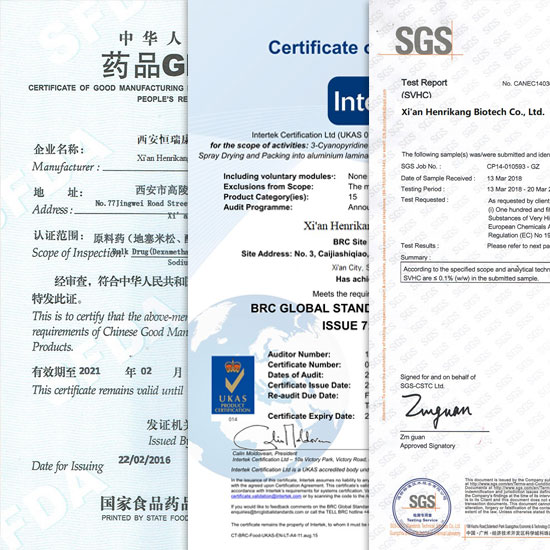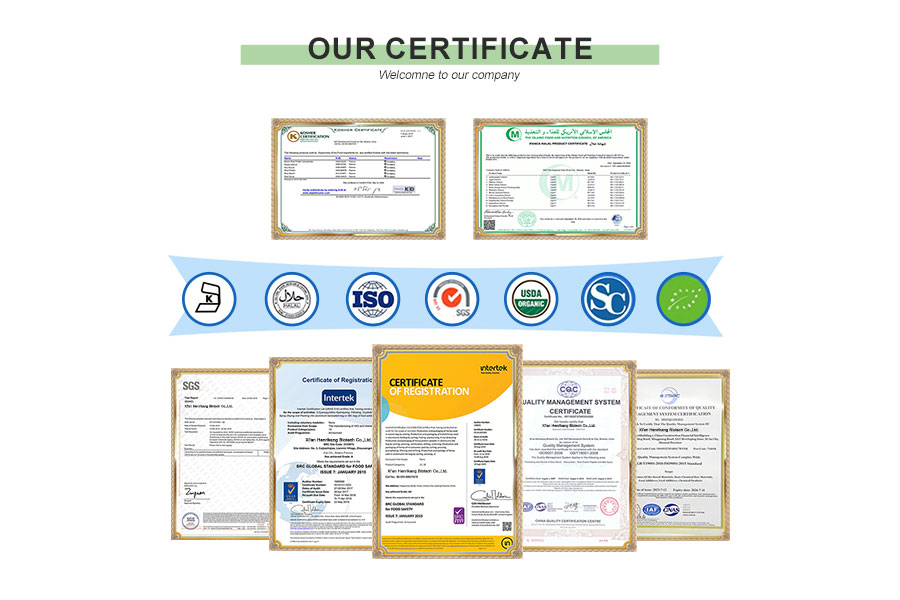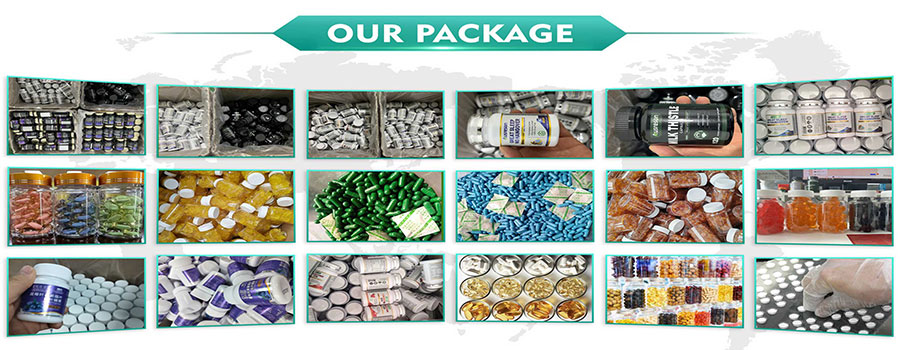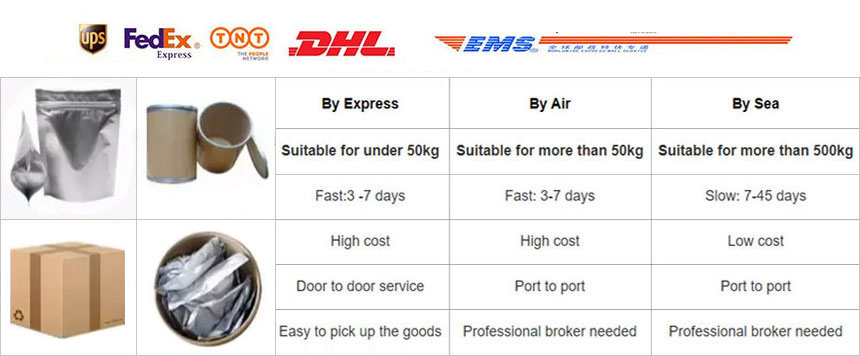





Related Attributes
Product details
Arabic Gum Usage and Synthesis.Gum Arabic has a long history and a wide range of applications, often acting as an emulsifier for beverages, functional fat encapsulation, chocolate and confectionery coating, frozen food stabiliser, high quality dietary fibre, spray drying carrier and more. In the modern society which focuses on health and high quality of life, the excellent performance of high fibre gum arabic has become an important role in modern food.
Nutritionally, gum arabic basically does not produce calories, is a good water-soluble dietary fibre, has strong antioxidant properties, daily intake of 5-10g, but also helps to balance the colon microbial ecosystem, improve intestinal motility, is widely used in health care products, confectionery and beverages.
In the food industry, it is a natural emulsion stabiliser, thickener, binder, film-forming agent, glazing agent, water-soluble dietary fibre. Gum Arabic has become one of the most widely used colloids in our food industry. Gum arabic is an emulsifier with excellent performance, especially suitable for oil-in-water emulsification system, which can make water and oil mutually soluble, emulsify and stabilise the oil phase in the formulation, and is widely used in the flavour and fragrance and beverage industries.
At the same time, it has good film-forming properties, can be used as microencapsulation film-forming agent, essential oils or other liquid raw materials into powder form, to extend the product warranty and prevent oxidation. The neutral taste and odour of gum arabic does not affect the flavour of the spices and ensures their purity. In the production of flavoured dairy beverages, Gum Arabic stabilises flavour particles in milk and prevents them from settling.
Uses of Arabic Gum.
Gum arabic can be used as emulsifying stabiliser and thickening agent, which can be used in beverages, ice cream, chocolate and jam in China with a maximum use level of 5.0g/kg.
Thickener; Stabiliser; Emulsifier. According to China GB2760-86, it can be used in beverage, chocolate, ice cream and jam as a thickener, and the maximum dosage is 0.5-5.0g/kg. According to FAO/WHO (1984), it can be used in beverage, ice cream and jam as a stabiliser and emulsifier.
According to FAO/WHO (1984), the uses and limits are as follows: canned green and yellow beans, sweet corn, mushrooms, asparagus, green peas, etc. 10g/kg (alone or in combination with other thickening agents, if the product contains cream or other fats and oils); processed cheese manufacturing 8g/kg (alone or in combination with other thickening agents); pickled gherkins 500g/kg (alone or in combination with other co-solvents and dispersants); canned carrots 10g/kg (alone or in combination with other co-solvents and dispersants); and canned carrots 10g/kg (alone or in combination with other co-thickening agents). (alone or in combination with other thickeners); 5g/kg of whipped cream (alone or in combination with other thickeners and modifiers, used only for pasteurised whipped cream or whipped ultra-high-temperature sterilised whipped cream and sterilised whipped cream); 10g/kg of cold beverages (in final product, alone or in combination with other emulsifiers, stabilisers and thickeners). Also used as stabiliser for gummy hard candy or gummy gel candy. Anti-crystallisation agent and polishing agent for confectionery. Filtering is required for use.

Preparation of Arabic Gum.
Product Method of Arabic Gum.
The gummy exudate is collected from the stems and branches of the gum arabic tree (Acacia senegal) or of the related species of Acacia senegal, A_seyal, and is dried and pulverised after the removal of impurities. The former product is more brittle than the latter.
WHY CHOOES US?

OUR CERTIFICATE

CUSTOM PROCESS

OUR PACKAGE

OUR EXHIBITION

OUR FACTORY

Shipping

Pharmaceutical Intermediate manufacturers
©2022 Xi'an Henrikang Biotech Co., Ltd.,